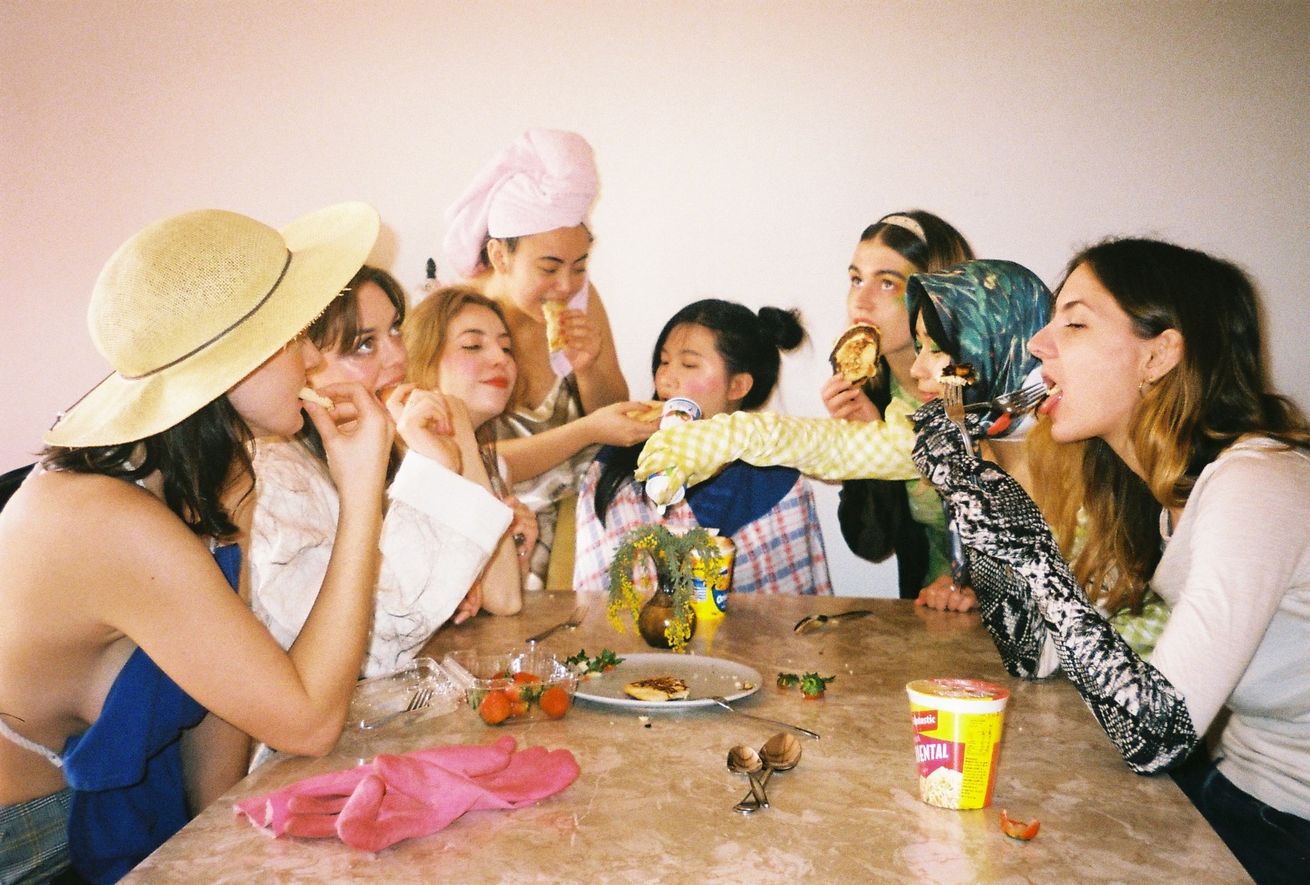As we’ve discussed before on i-D, the journey of a fashion student is a uniquely complex one. On the one hand, creativity and experimentation is widely encouraged but on the other, students rarely have the funds or means to execute their vision. It’s a common conundrum, which has resulted in graduate students complaining of unusually high levels of emotional, financial and creative stress. With the introduction of crowd funding platforms however, students are increasingly able to raise capital to create and show work with more independence than ever before and it’s having the effect of democratising student fashion in the best way.
Until recently, students coming to the end of their courses may have been selected by a festival or publication to show their work. In these instances, more often than not editors and stylists were involved in decisions about how and in which context the work was shown. More likely, the students would have had to intern or work for themselves for years before gaining this level of experience. But with the new crowdfunding model, students have independent control. They get to work alone or with peers to create a show that truly reflects their unique vision. In organising their own graduate show and being responsible for funding and promoting it, students are able to make valuable contacts and get a sense of what their practice might involve post-study. As RMIT graduate Betty Liu, who’s currently running a Pozible campaign for her group show Open House, told us, “for the eight of us doing this, it gives us an idea of how we’d go about organising a show in the future. It’s almost like a testing ground and it’s great to be doing it before we graduate while we still have the safety net of school and teachers around.”
Importantly, it seems student-led shows of this calibre wouldn’t be an option at all without the existence of simple fundraising platforms. As Bridget Petry — another RMIT student who was one of nine designers to raise almost $5,500 via Pozible to put on the wildly imaginative Supermercado show recently — told us, “Pozible is the only reason we’ve been able to raise the funds needed to put on our show. As fashion students, all of our money goes towards our collections, after that there’s no money to put on a show. I think crowd funding platforms allow you to reach an audience that you wouldn’t otherwise have.”
For a student, the knowledge that there’s the opportunity to show your work at the end of the year on your own terms is a great incentive. Suddenly scales are tipped away from traditional institutions and towards the designers and their web of family, friends and followers. In this scenario, students work together to create bodies of work that they’re proud of and which they hope their peers and potential customers will respond to. It lends the whole thing more of a purpose and within this model, it’s not just the children of deep-pocketed parents who have the chance to show their designs.
Right now there are fashion students raising money to put on shows, print publications and hold multi-media exhibitions everywhere and it’s truly exciting to see. In the relatively impenetrable universe of the university, crowdfunding pages provide additional insight, beyond Instagram, into the work of the students. For RMIT students, the option to provide a gift representing their style to those who donate is a real advantage. As Bridget explains, “We thought the rewards were an opportunity for us to give a little token of our collection to people. We’ve never had a product to sell but everyone from our group made a piece of their collection available ranging from $10 to $120. This way it’s more like an exchange — a way we can give something back for supporting us.” And in return we get a sense of the designer and their particular aesthetic, important when they’re trying to stand out from the crowd as a graduate.
The students we spoke to who were in the midst of organising independent shows explained that they’d moved away from traditional runway presentations because they’re typically short and don’t necessarily do adequate justice to a full year’s worth of work. In addition to being able to play with the format of the show, one of the other great things about crowdfunding for your event is that you know your audience is invested in the work. As Betty explained, “you work hard because you don’t want to disappoint everyone whos given their time and money. You feed off their generosity and work hard to deliver a show that the people who’ve supported you will love. It’s a good feeling.”
